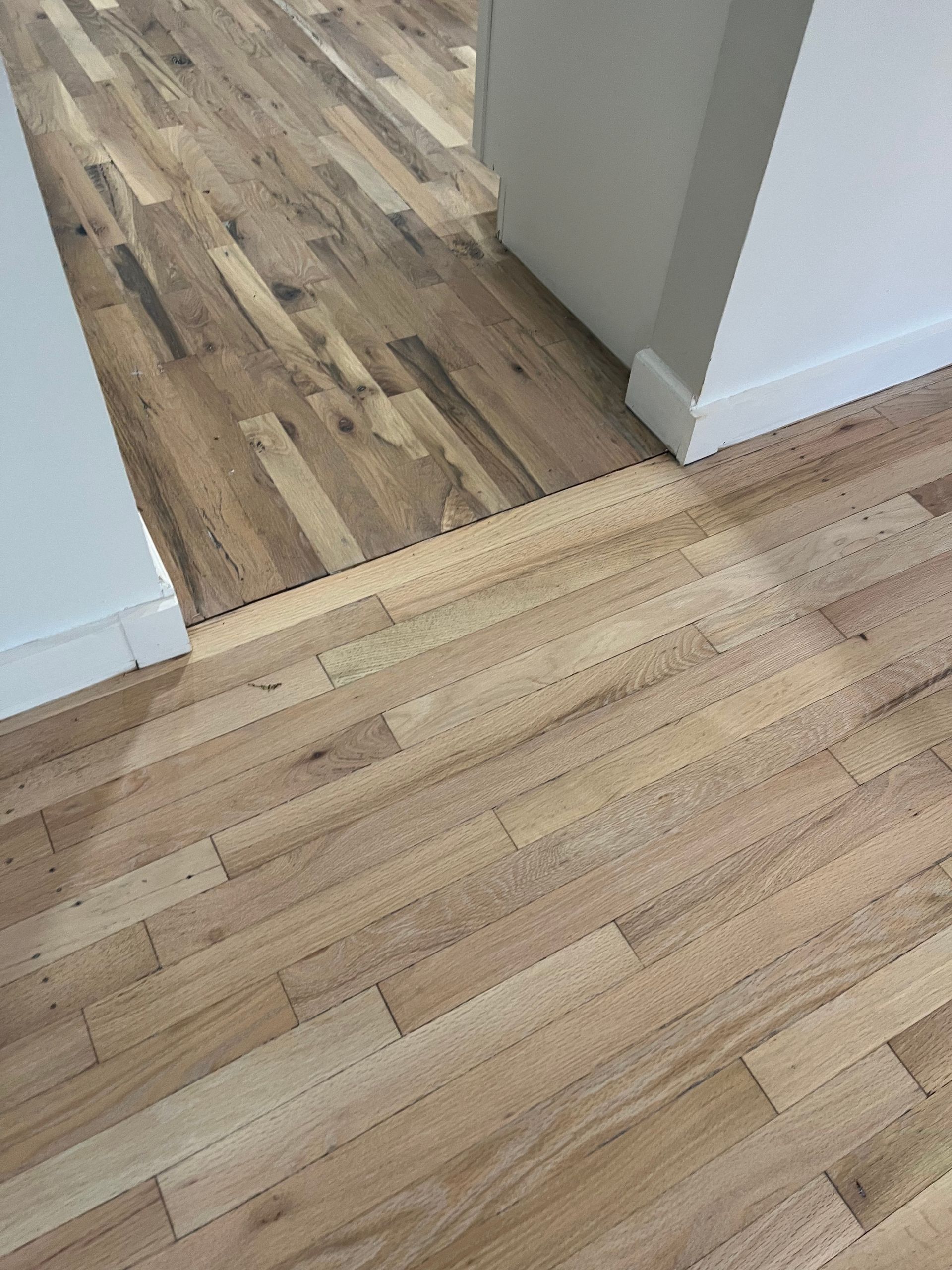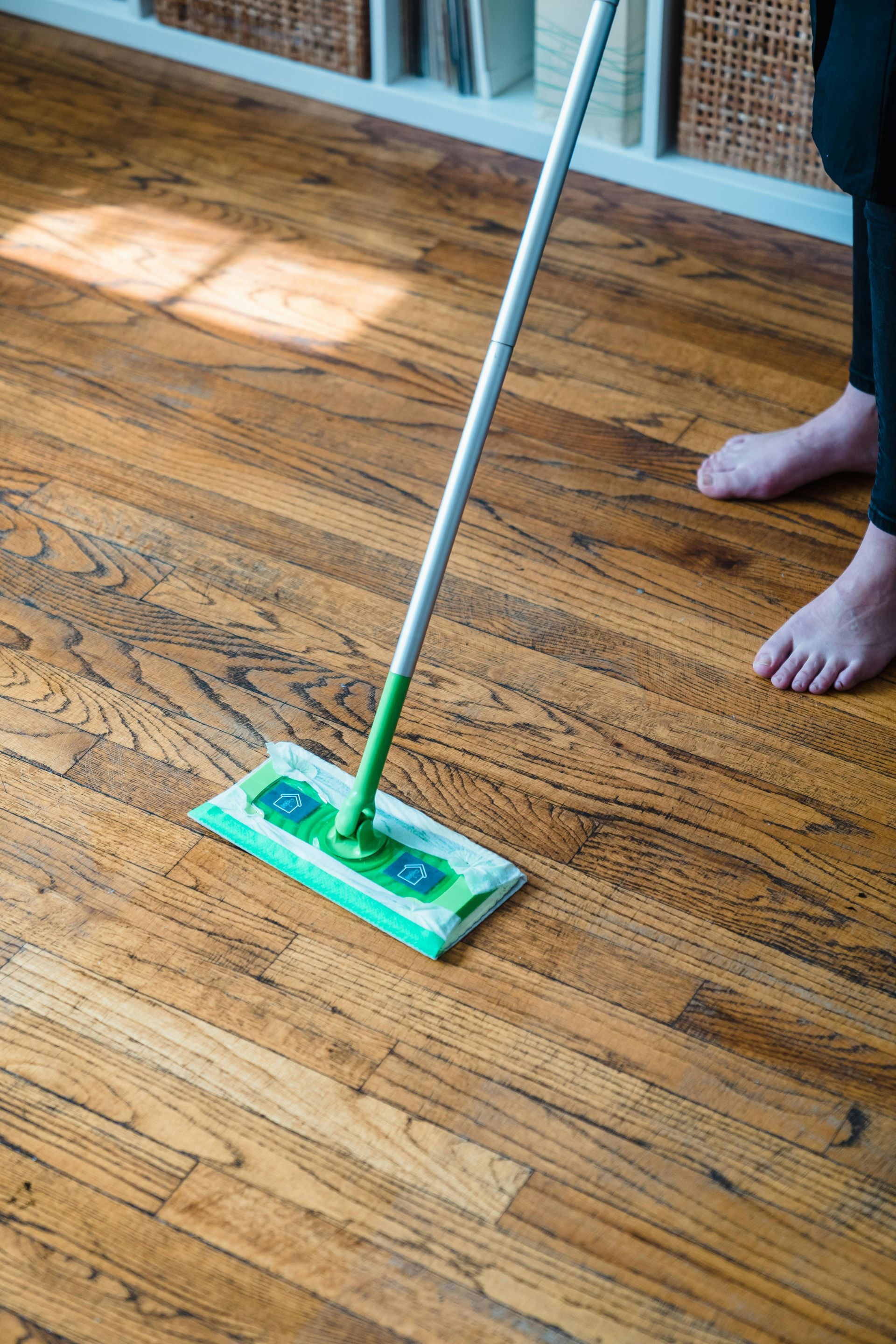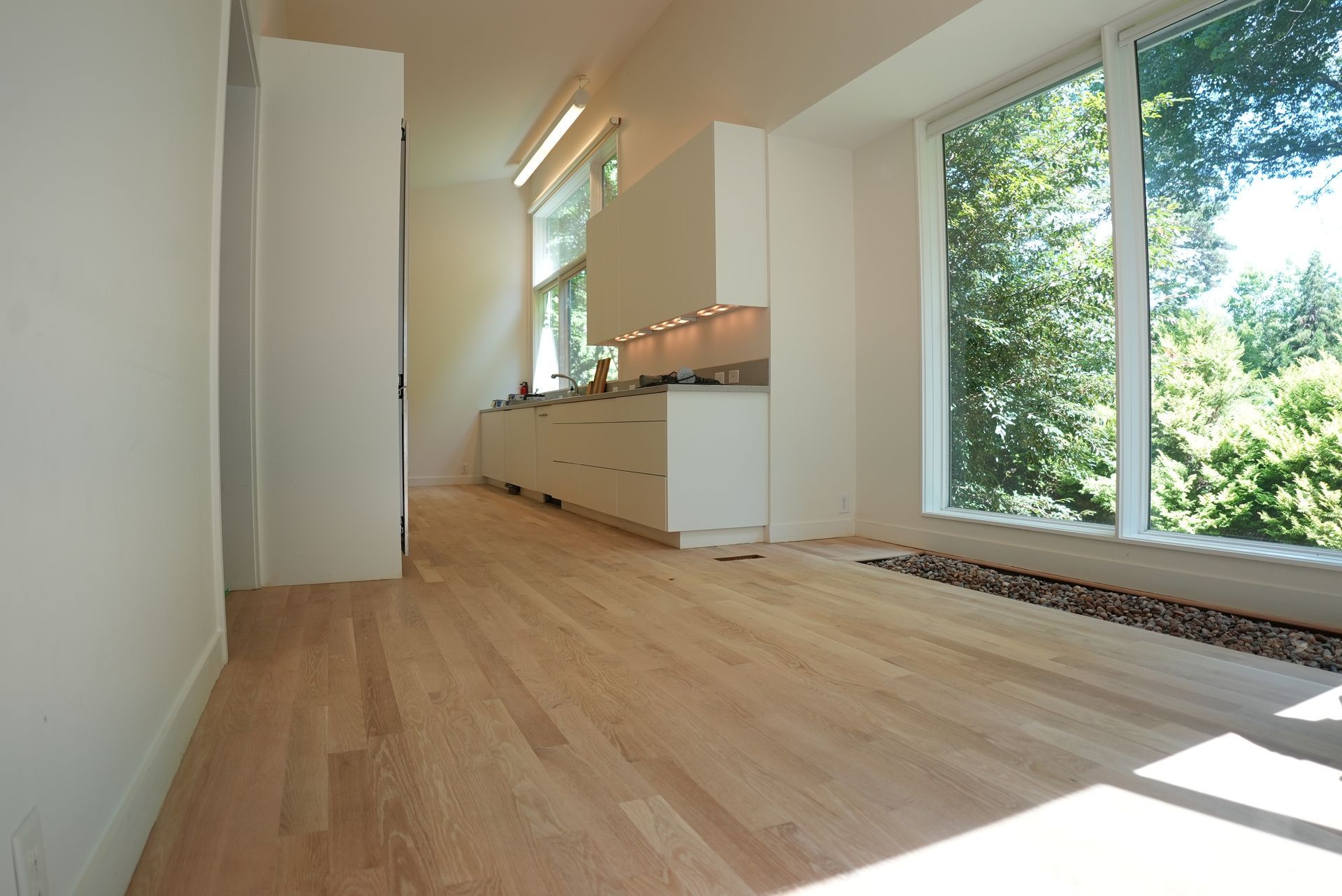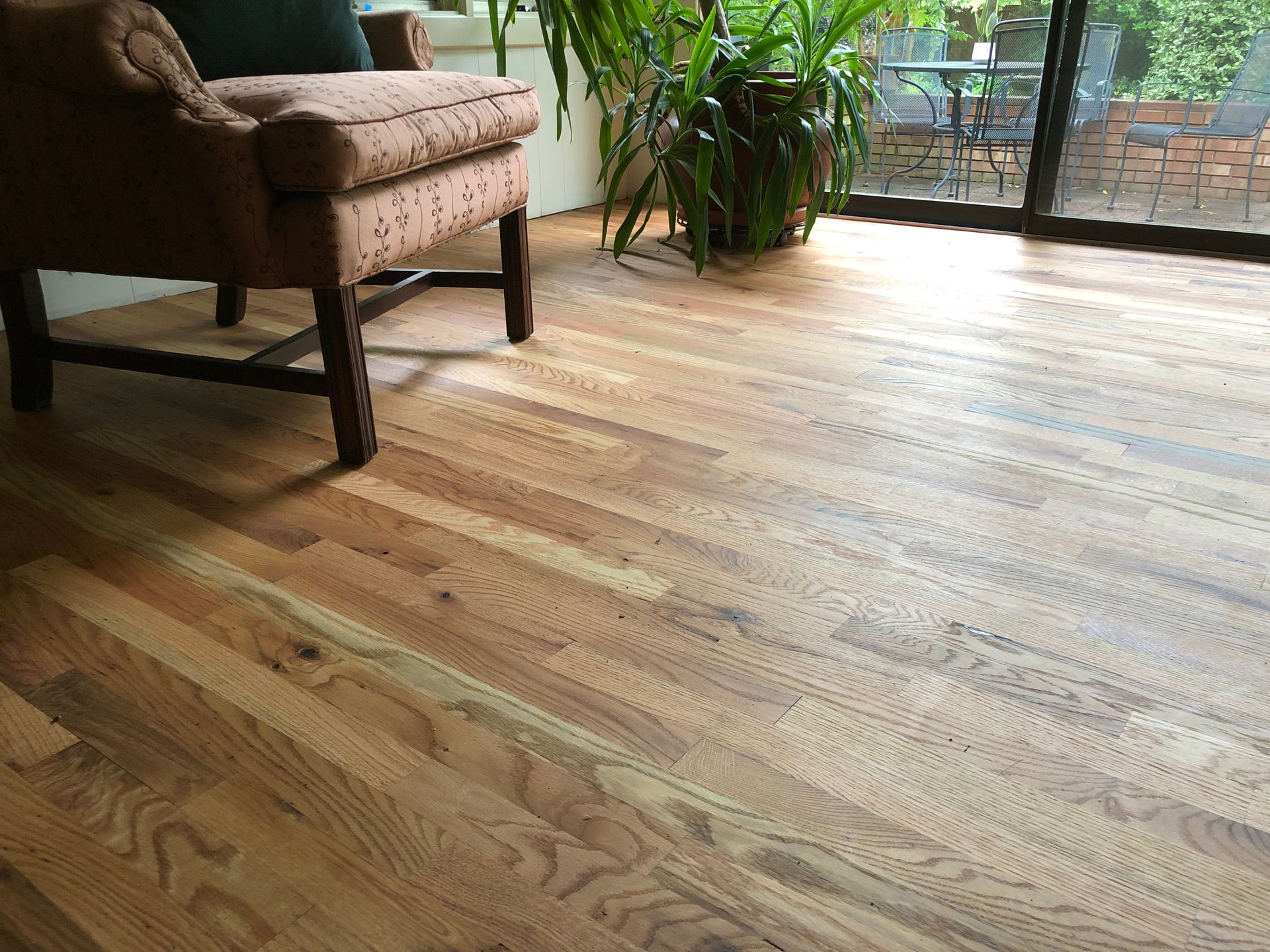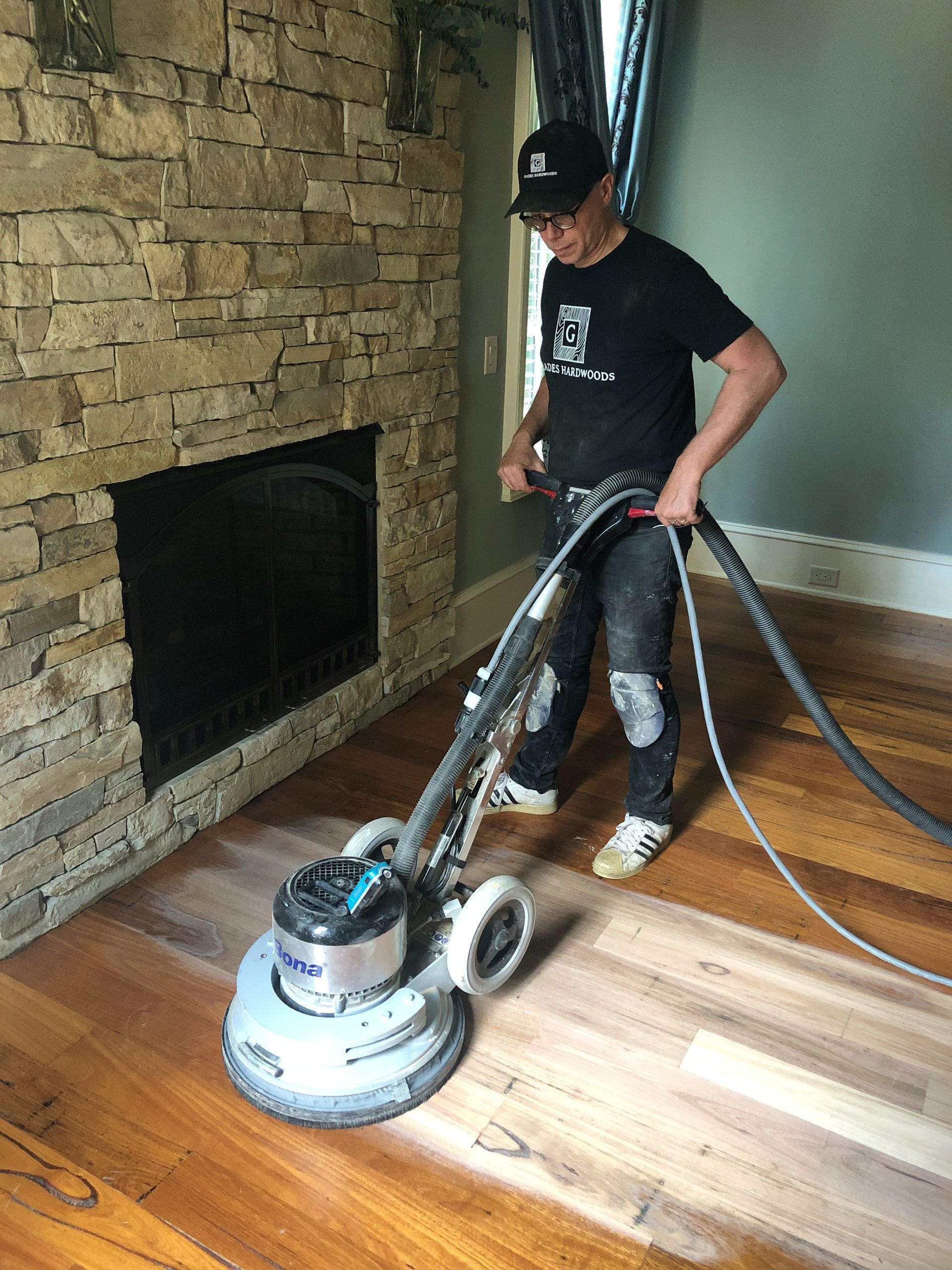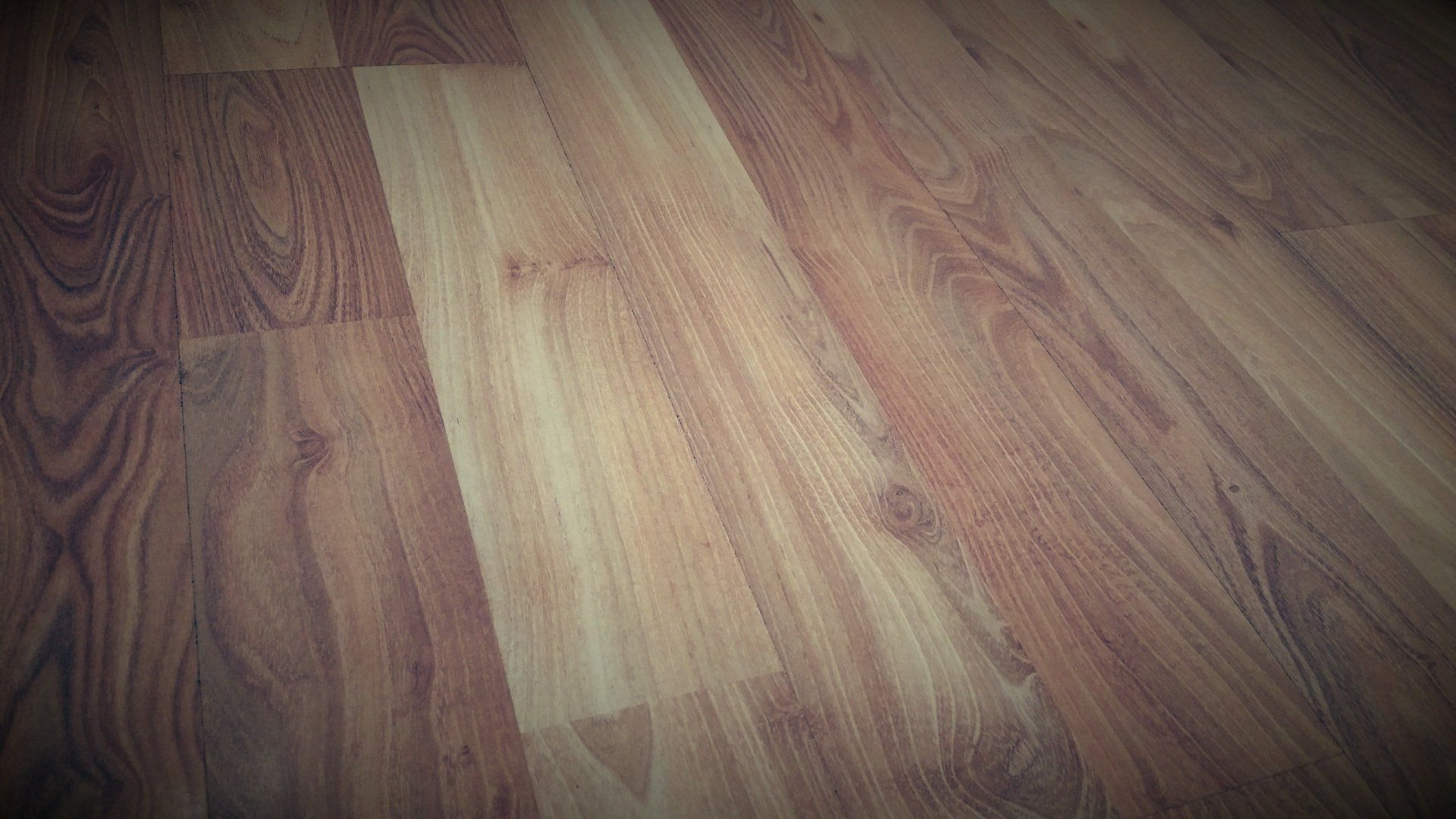Is it Cheaper to Sand and Refinish Hardwood Floors or Replace Them?
Understanding the Process: Sanding and Refinishing vs. Replacing

Hardwood floors are prized for their durability, aesthetic appeal, and the value they add to a home. However, like any material, they eventually show signs of wear and tear. Scratches, dents, and dull finishes are inevitable with time, leading homeowners to consider whether it's more economical and practical to sand and refinish their existing hardwood floors or replace them entirely.
In this article, we'll explore the cost-effectiveness and other considerations of sanding and refinishing versus replacing hardwood floors, helping you make an informed decision about which option is cheaper and better for your home.
Understanding the Process: Sanding and Refinishing vs. Replacing
Before diving into cost comparisons, it's essential to understand what each process entails:
Sanding and Refinishing:
- This process involves sanding down the existing hardwood floors to remove the old finish and any surface imperfections like scratches or stains.
- Once the wood is sanded, a new finish is applied, which can restore the floor's original beauty or even change its appearance if a different stain is used.
- This process revitalizes the wood, extending its lifespan and improving its aesthetic appeal without replacing the actual planks.
Replacing Hardwood Floors:
- Replacing hardwood floors means completely removing the existing flooring and installing new hardwood planks.
- This process is more invasive, often requiring the removal of baseboards and subfloor preparation.
- Replacement provides a brand-new floor but comes with higher material and labor costs, especially if you choose high-end wood species.
Cost Comparison: Is Sanding and Refinishing Cheaper?
When it comes to the question of whether sanding and refinishing is cheaper than replacing hardwood floors, the answer is generally yes. Let's break down the costs involved in each process.
1. Costs of Sanding and Refinishing Hardwood Floors:
- Labor Costs: The primary cost in refinishing hardwood floors is labor. Professional sanding and refinishing typically cost between $3 to $5 per square foot, depending on the region, the complexity of the job, and the finish you choose.
- Materials: The cost of materials includes sandpaper, stains, and finishes. These costs usually add up to about $1 to $2 per square foot.
- Total Cost: For a 1,000-square-foot area, you can expect to pay between $4,000 to $7,000, depending on the specifics of the job.
2. Costs of Replacing Hardwood Floors:
- Labor Costs: Labor for replacing hardwood floors is significantly higher due to the removal of the old floor, subfloor preparation, and installation of the new floor. This can range from $6 to $12 per square foot.
- Materials: The cost of materials varies widely depending on the type of wood. Basic oak or maple might cost $3 to $5 per square foot, while exotic hardwoods can go as high as $15 or more per square foot.
- Additional Costs: If the subfloor needs repairs or if there are any structural issues, this can add to the overall cost.
- Total Cost: For a 1,000-square-foot area, replacing the hardwood floor could range from $9,000 to $25,000 or more, depending on the wood species and other factors.
Cheaper Option: Clearly, sanding and refinishing hardwood floors is significantly cheaper than replacing them. On average, refinishing costs about half as much as a full replacement.
When Is Replacing a Better Option?
While sanding and refinishing is cheaper, there are scenarios where replacing the floors might be the better option:
1. Extensive Damage: If the hardwood floor is extensively damaged, with deep gouges, water damage, or severe warping, refinishing may not be sufficient. In these cases, replacement might be necessary to restore the floor’s functionality and appearance.
2. Multiple Refinishing Jobs: Hardwood floors can only be sanded and refinished a limited number of times before the wood becomes too thin to handle another refinishing. If your floors have already been refinished several times, replacement might be the only viable option.
3. Desire for a New Look: If you want to change the entire look of your flooring, such as switching from oak to walnut, refinishing won’t achieve this. In such cases, replacement allows you to choose a completely different wood species and style.
4. Subfloor Issues: If there are underlying problems with the subfloor, such as moisture damage or structural issues, replacing the hardwood floors allows for these problems to be addressed, ensuring a stable and long-lasting new floor.
The Better Option for Longevity
When deciding between sanding and refinishing versus replacing hardwood floors, longevity is an important factor to consider:
- Sanding and Refinishing: This option can extend the life of your floors by 10 to 15 years, depending on the level of foot traffic and how well the floors are maintained. Regular maintenance, such as cleaning and occasional re-coating, can prolong the life of a refinished floor.
- Replacing: A new hardwood floor, especially if made from a high-quality wood species, can last for decades—up to 50 years or more—with proper care. If longevity is your priority, and your current floors are nearing the end of their life, replacement might be the better investment.
Environmental Considerations
Another aspect to consider is the environmental impact of each option:
- Sanding and Refinishing: This option is more environmentally friendly because it involves using the existing materials rather than sourcing new wood. It reduces the demand for new timber and avoids the waste associated with tearing out old floors.
- Replacing: Replacing hardwood floors involves the use of new materials, which has a higher environmental impact. However, if you choose sustainably sourced wood or engineered hardwood made from recycled materials, you can mitigate this impact.
Final Considerations: Which Is Better for Your Home?
Ultimately, the decision between sanding and refinishing or replacing hardwood floors depends on your specific situation, budget, and long-term goals.
- For a Cheaper Option: If your floors are in relatively good condition but just need a facelift, sanding and refinishing is the clear winner. It’s more cost-effective, less invasive, and can restore the beauty of your existing floors.
- For a Better Long-Term Investment: If your floors are severely damaged, or you want to completely change the look of your home, replacing the floors might be the better choice. While it’s more expensive upfront, it can provide a fresh start and potentially increase the value of your home.
- For Environmental Concerns: If reducing your environmental footprint is a priority, refinishing is the better option, as it conserves resources and minimizes waste.
In conclusion, while sanding and refinishing hardwood floors is generally the cheaper option, the decision of which is better depends on the condition of your existing floors, your budget, and your long-term goals for your home. By carefully weighing the costs, benefits, and potential drawbacks of each option, you can choose the one that best suits your needs and enhances the beauty and value of your home.

